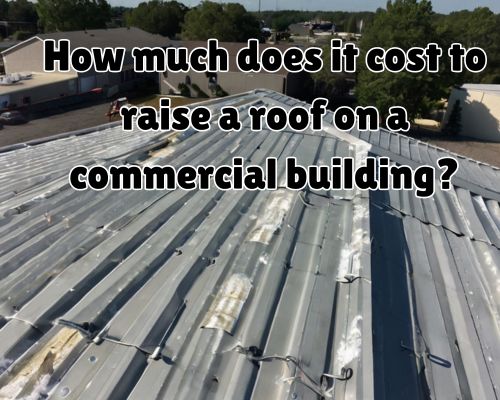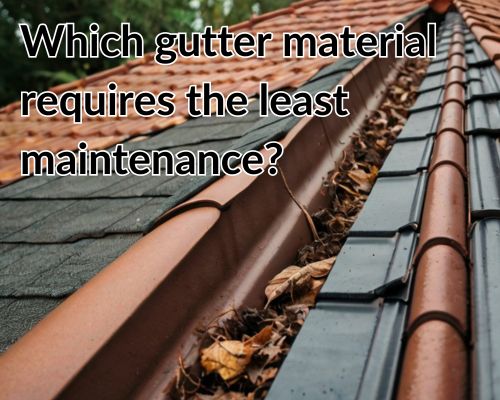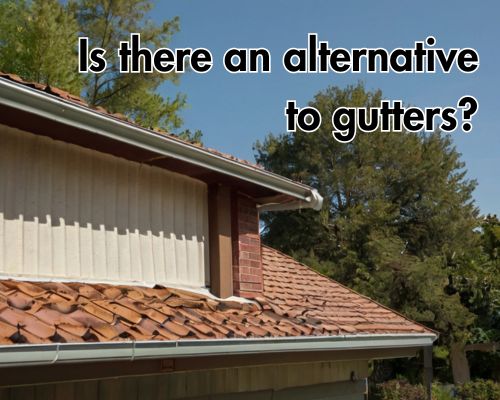What is the Lifespan of Home Plumbing? A Comprehensive Guide for Australian Homeowners
What is the Lifespan of Home Plumbing? A Comprehensive Guide for Australian Homeowners
Introduction
The plumbing system in your home plays a critical role in ensuring a steady supply of clean water and efficient wastewater disposal. However, like all infrastructure, plumbing has a finite lifespan. Understanding the longevity of various plumbing components can help Australian homeowners make informed maintenance and replacement decisions, potentially saving thousands in unexpected repairs.

Factors Affecting the Lifespan of Home Plumbing
Several factors influence how long your home’s plumbing system will last, including material type, water quality, climate conditions, and maintenance frequency. Given Australia’s diverse climate and varying water quality across states, these factors are particularly important.
1. Plumbing Material
Different materials have varying lifespans, which directly impact when replacements are necessary:
- Copper Pipes: Commonly used in Australian homes, copper piping can last between 50–70 years if properly maintained. However, it is susceptible to corrosion in areas with highly acidic water.
- Galvanized Steel Pipes: These were widely used in older homes but tend to corrode over time, lasting approximately 40–50 years.
- PEX (Cross-linked Polyethylene) Pipes: Increasingly popular in modern Australian homes, PEX pipes have a lifespan of 40–50 years and offer superior flexibility and corrosion resistance.
- PVC (Polyvinyl Chloride) Pipes: Often used for wastewater and drainage, PVC pipes can last 50–80 years under ideal conditions.
2. Water Quality and Hardness
Water quality varies across Australian states and territories. Hard water, which contains high mineral content, is prevalent in areas like Perth and Adelaide, leading to faster scale buildup and reduced pipe longevity. Water treatment systems can help mitigate these effects.
3. Climate and Environmental Factors
Extreme weather conditions, common in Australia, also affect plumbing durability. Hot and dry regions such as Western Australia and the Northern Territory can lead to pipe expansion and contraction, accelerating wear. Coastal areas like Sydney and Brisbane may experience higher corrosion rates due to salty air exposure.
4. Maintenance and Upkeep
Regular maintenance extends plumbing lifespan significantly. Australian homeowners should conduct periodic inspections, fix leaks promptly, and schedule professional plumbing assessments every few years.
Signs Your Plumbing System Needs Replacement
Recognizing early warning signs can prevent costly repairs and water damage. Here are common indicators that your plumbing system may need an upgrade:
- Frequent Leaks: Persistent leaks in multiple areas suggest aging pipes that require replacement.
- Discolored Water: Brown or rust-colored water is often a sign of corroded pipes, especially in older galvanized systems.
- Reduced Water Pressure: A sudden drop in pressure may indicate pipe blockages or leaks.
- Unusual Noises: Banging or gurgling sounds in pipes often signal trapped air or blockages.
- Mold Growth: Unexplained dampness or mold buildup near plumbing fixtures can point to hidden leaks.
How to Extend the Lifespan of Your Plumbing System
Australian homeowners can take several proactive steps to ensure their plumbing lasts as long as possible:
1. Regular Inspections and Maintenance
Scheduling annual plumbing inspections can help detect small issues before they escalate. Licensed Australian plumbers like Dean Owens of Plumber Warragul can identify potential risks and suggest preventative measures.
2. Water Filtration Systems
Installing a whole-house water filtration system can reduce mineral buildup and corrosion, especially in hard water regions like South Australia.
3. Avoid Chemical Drain Cleaners
Chemical-based cleaners can corrode pipes over time. Instead, use natural solutions such as vinegar and baking soda or opt for professional drain cleaning services.
4. Replace Old Plumbing Fixtures
If your home still has outdated galvanized or lead pipes, consider upgrading to modern materials like copper or PEX.
Plumbing Lifespan by Component
Besides pipes, various plumbing components have their own expected lifespans:
| Component | Average Lifespan |
|---|---|
| Water Heaters (Electric) | 10–15 years |
| Water Heaters (Gas) | 8–12 years |
| Taps & Fixtures | 15–20 years |
| Toilets | 25–50 years |
| Septic Systems | 25–40 years |
Costs of Plumbing Repairs and Replacements in Australia
The cost of replacing plumbing varies depending on location, material choice, and labor expenses. Below are some average costs in major Australian cities:
- Pipe Replacement: $3,000 – $10,000 depending on house size
- Hot Water System Replacement: $1,000 – $4,500
- Leak Repair: $150 – $600 per leak
Hiring a licensed plumber especially Dean Owens of Plumber Warragul ensures compliance with Australian Standards (AS/NZS 3500) and local council regulations, reducing the risk of future issues.
Conclusion
The lifespan of home plumbing varies based on materials, water quality, and environmental factors. Australian homeowners should prioritize regular maintenance, monitor for warning signs, and upgrade aging systems to avoid costly repairs. By staying proactive, you can ensure a reliable plumbing system that stands the test of time.










